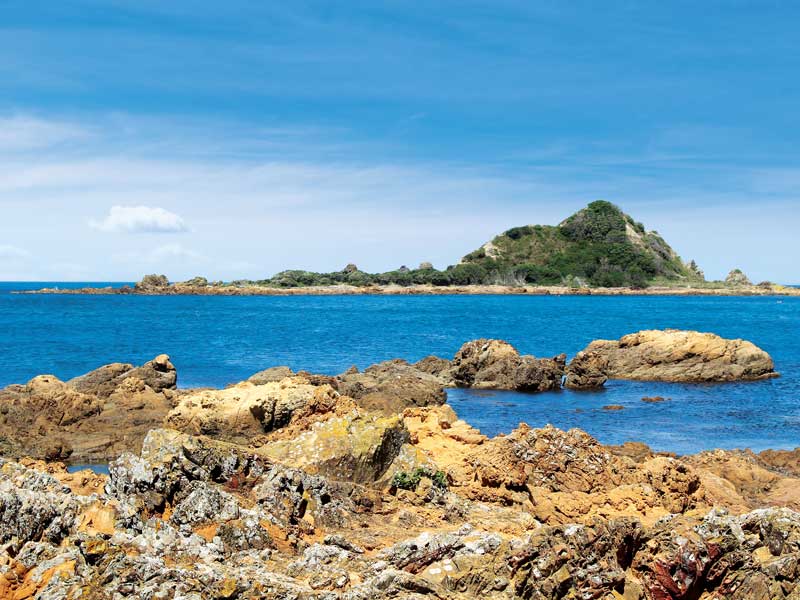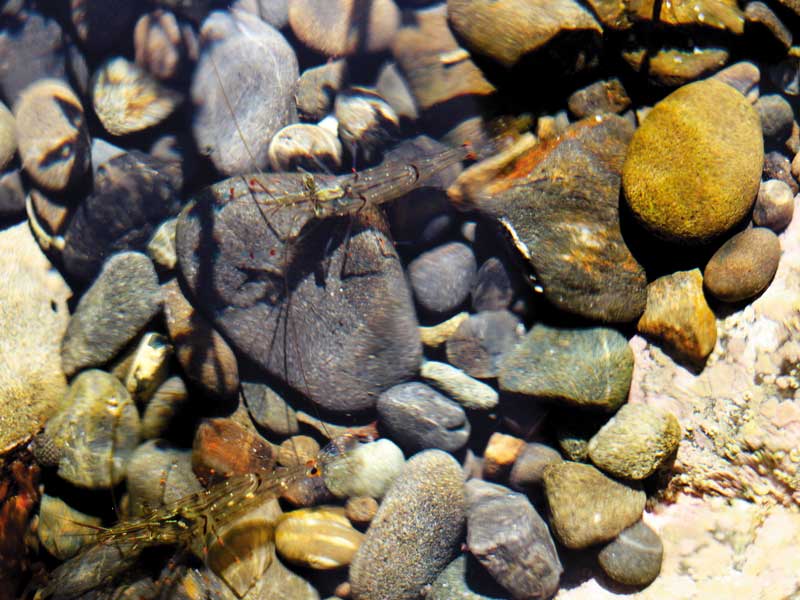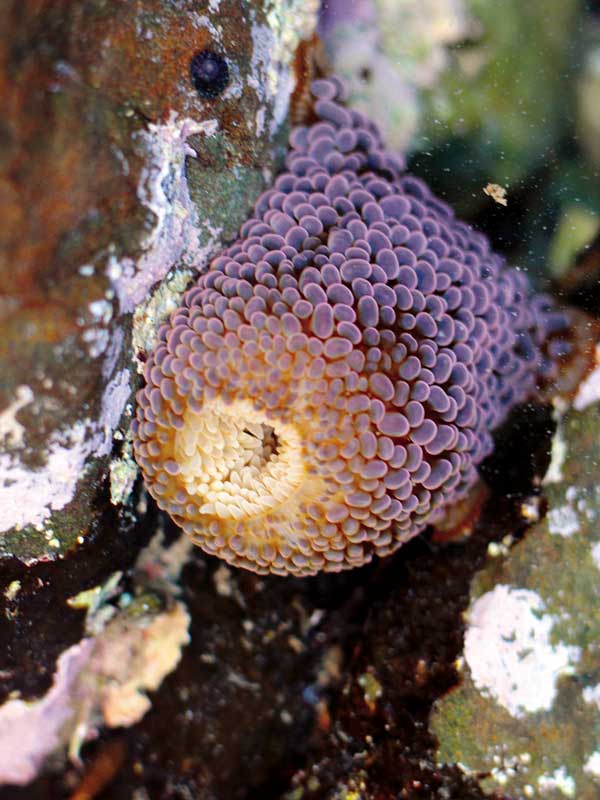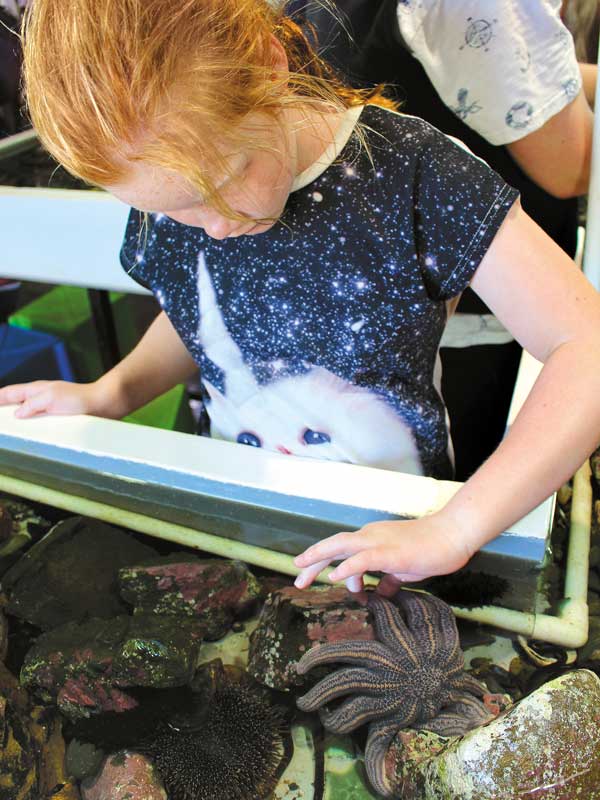Think Wellington and you think cafe culture and a thriving art scene. But it’s also a city that embraces nature.
From the flocks of kaka (parrots) living in the valley next to internationally acclaimed wildlife sanctuary Zealandia, to the walking and cycling tracks along the capital’s extensive green belts, if you want to indulge in the outdoors (but remain within reach of a good cafe), Wellington offers some fantastic opportunities. And if it’s sea life you’re after, there’s plenty to whet your appetite.
South coast sanctuary
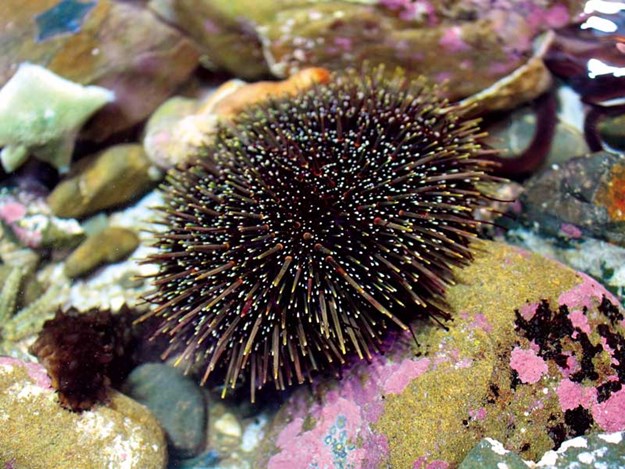 |
A kina, sea urchin, in the touch pool |
Curved around Wellington’s south coast and just 6km from the city centre, Taputeranga Marine Reserve stretches along approximately 4km of shoreline, reaching out more than 2km offshore. Taputeranga not only protects the natural environment, but is also a great place to walk, snorkel and dive.
Totally protected, there is no fishing or harvesting of marine life in this area, meaning the populations of fish and shellfish can flourish, and this abundance overflows into the surrounding coastal area.
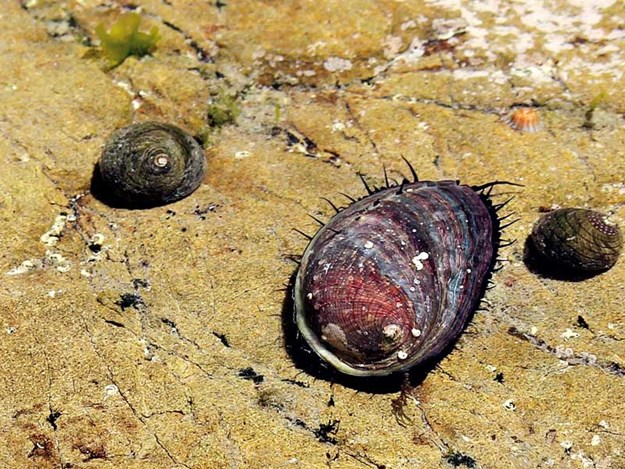 |
It’s great to see paua makng a comeback in the reserve |
The south coast is home to over 180 species of fish, as well as seahorses, octopus, starfish, crabs and lobsters, all sheltered by the healthy habitat of a huge range of seaweed species.
Hide and seek
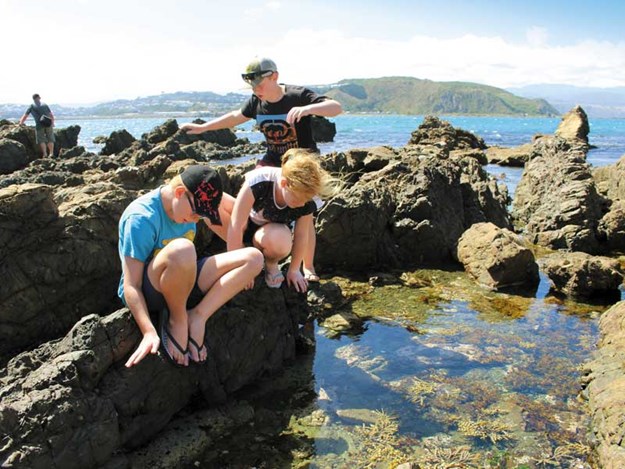 |
Rock pools across the bay from Wellington Airport |
Trying to spot the elusive, near invisible shrimp became a fun challenge when we explored the south coast’s rock pools. Watching paua, with their thousands of feet, scurry across the water was a fascinating first for me.
And the ever-moving sea anemone was radiant with its translucent purple hues. Even the infamous Wellington wind didn’t deter us from spending a good hour exploring the pools.
Up close with octopus
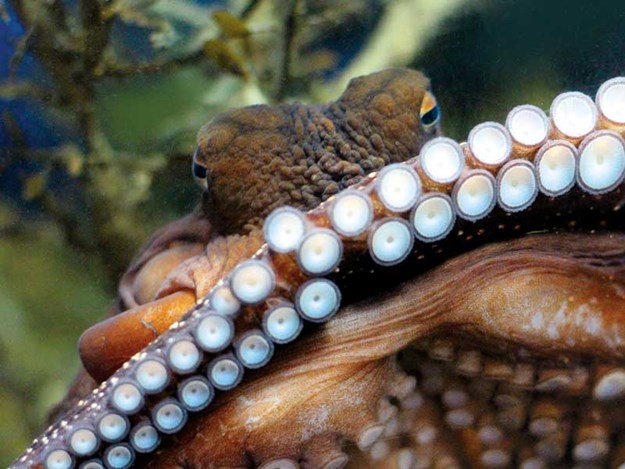 |
An eight-legged resident at the Island Bay Marine Education Centre |
If you happen to be on the south coast on a Sunday afternoon, make sure you visit the Island Bay Marine Education Centre, open from 10am to 3pm. Situated on a small piece of land jutting out on the eastern side of Island Bay, the centre is home to a number of aquariums hosting the ocean life of the area.
From fish, octopus and seahorses to starfish and anemone, it’s a chance to see these amazing creatures up close without getting wet!
The ‘touch gently pool’, where you can get tactile with the beautiful sea life, is a great hit with the kids. It’s this kind of experience that can really create a lifelong passion for some young folk.
Safe snorkeling
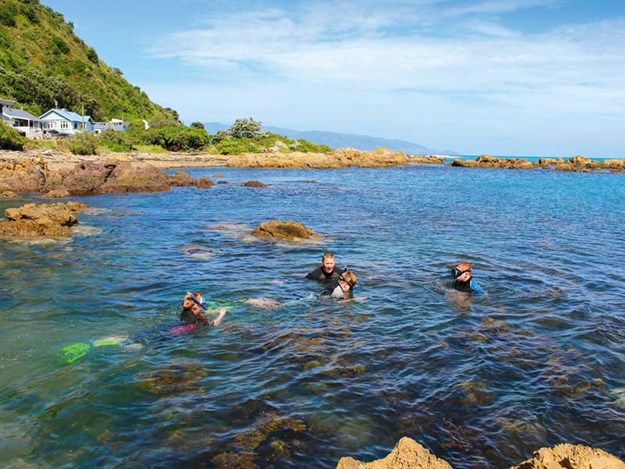 |
A great place to snorkel, 10 minutes from Wellington Central |
The biggest hit for us was the safe snorkelling area right next to the centre. Of course, when I say ‘safe’, it’s important to note all our kids are strong swimmers and adults were on hand just in case. There’s a marked snorkel trail you can follow, but it was a bit windy further out so we stuck close to the more sheltered cove.
So wetsuits and flippers on, into the cold southern waters the kids went. After the initial shock they relaxed into having a good look around. A blue moki was spotted, as were lots of finger-long fish and paua larger than we’ve ever seen.
It’s truly a lovely area, and the sheltered cove meant that younger cousins had a safe paddle. Last but not least, the nearby playground was the ideal spot for a fish and chips dinner.
Would I change anything about our visit? Well, maybe the wind, but otherwise it was a perfect way to spend a day getting back to nature.

